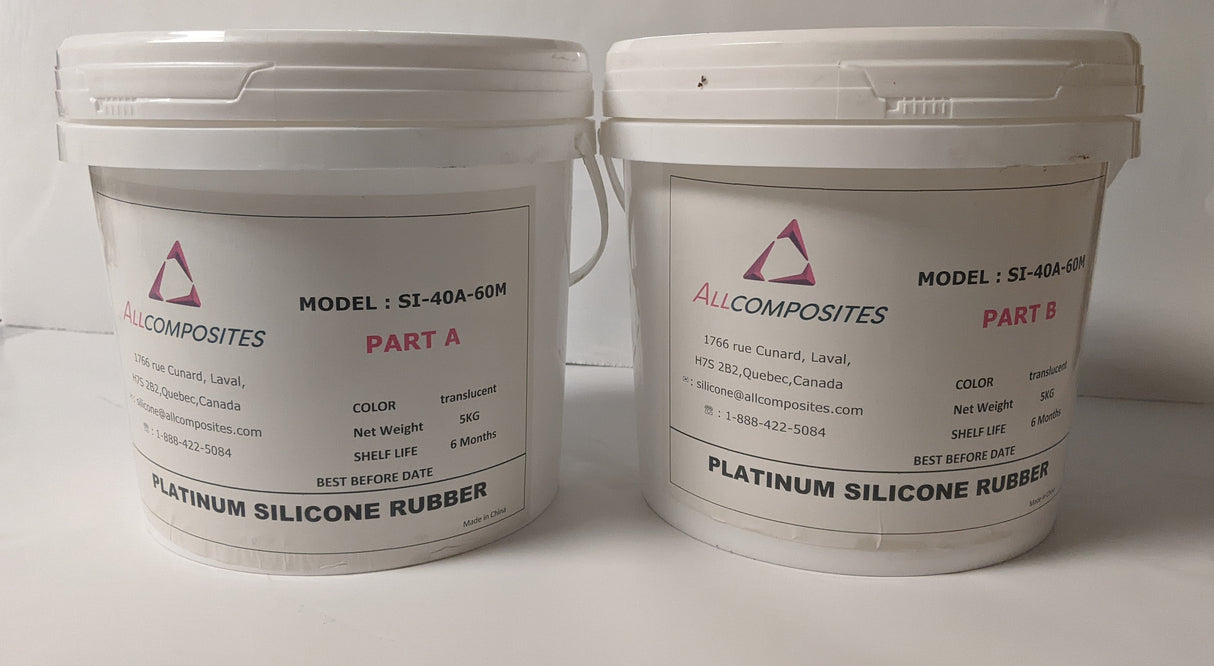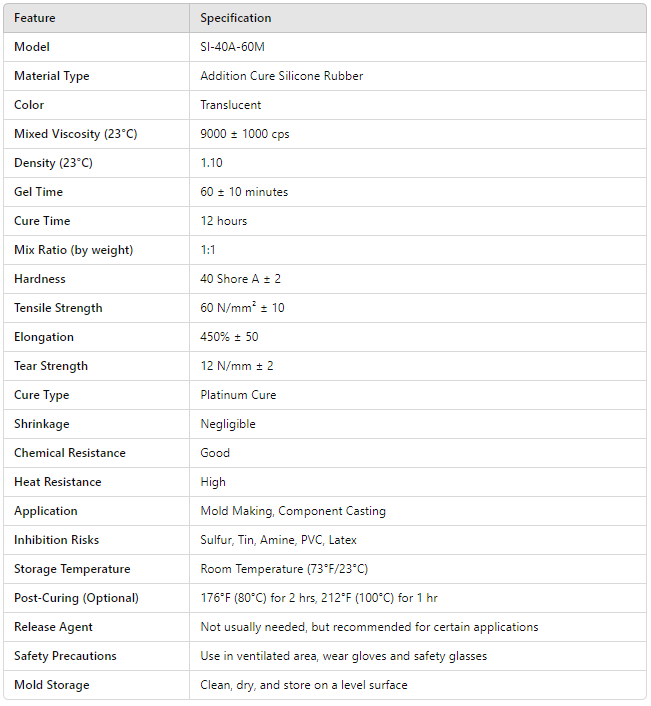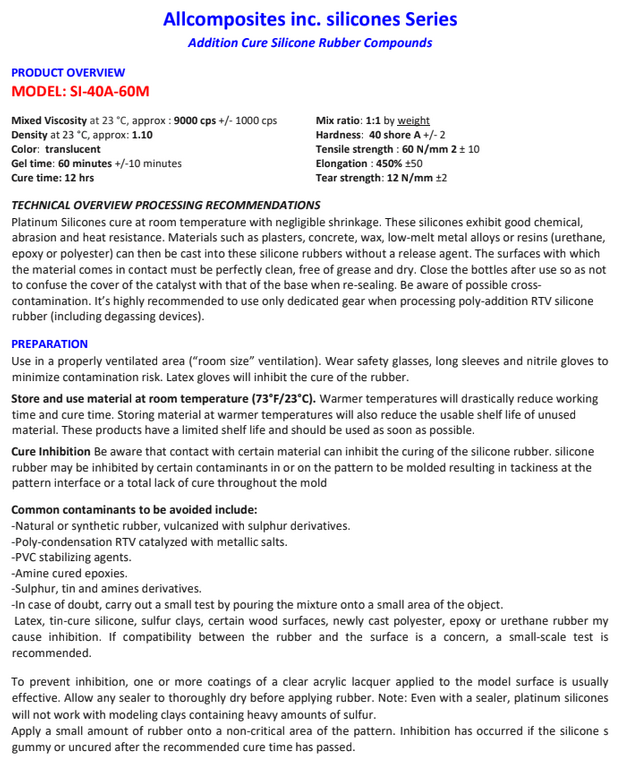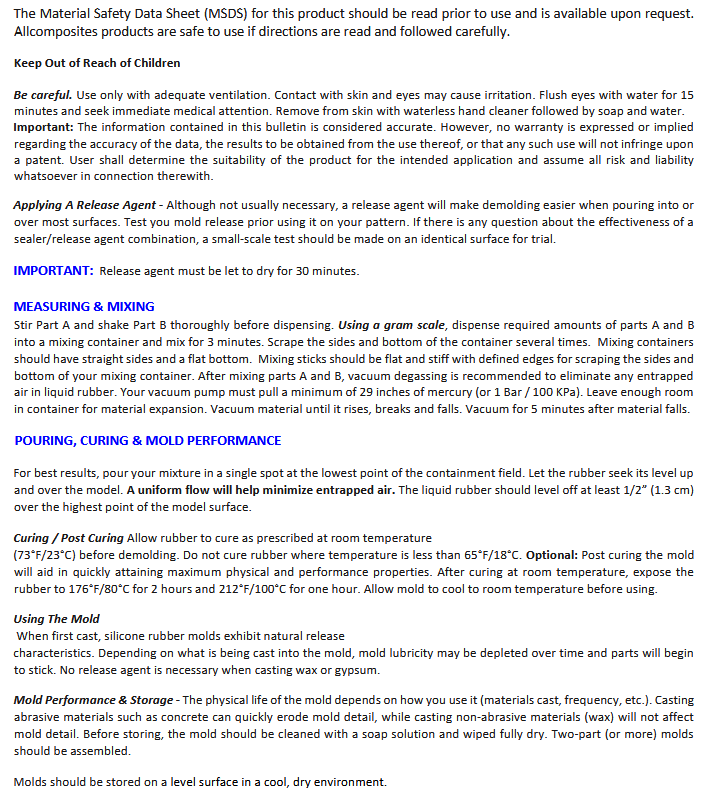Allcomposite | SKU :
EMN-017044
SI-40A-60M, Platinum Silicone Rubber Compounds, 2x5Kg Addition Cure
Prix habituel
$289.85
Prix unitaire
/
Indisponible
SI-40A-60M, Platinum Silicone Rubber Compounds, 2x5Kg Addition Cure est en rupture de stock et sera expédié dès qu’il sera de retour en stock.
Impossible de charger la disponibilité pour le Service de retrait
shipping
Estimation des frais de livraison
Veuillez corriger les erreurs suivantes :
Description
Description
SI-40A-60M, Platinum Silicone Rubber Compounds, 2x5Kg Addition Cure
Payment & Security
Payment methods
Your payment information is processed securely. We do not store credit card details nor have access to your credit card information.




